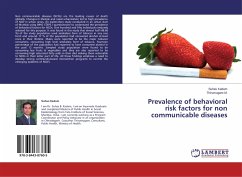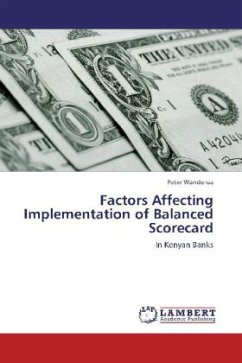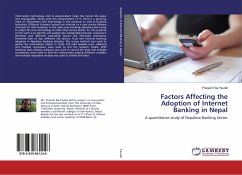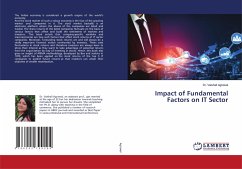
Effect of some ecological factors on entomopathogenic nematodes
Ecological factors and theire effect on entomopathogenic nematodes
Versandkostenfrei!
Versandfertig in 6-10 Tagen
32,99 €
inkl. MwSt.

PAYBACK Punkte
16 °P sammeln!
Biological control of pests using EPN is gaining popularity in the recent past, as it has long-term effect without harmful effects on non-targets. These are highly virulent potential bioagents with broad host range which can bring about quick kill of target insect pests. The EPN can easily be cultured and applied using standard defined methods application equipments. They are compatible with many chemical pesticides and can be incorporated as an important component in the Integrated Pest Management (IPM). Entomopathogenic nematodes (EPNs) mainly belong to Steinernematidae and Heterorhabditidae...
Biological control of pests using EPN is gaining popularity in the recent past, as it has long-term effect without harmful effects on non-targets. These are highly virulent potential bioagents with broad host range which can bring about quick kill of target insect pests. The EPN can easily be cultured and applied using standard defined methods application equipments. They are compatible with many chemical pesticides and can be incorporated as an important component in the Integrated Pest Management (IPM). Entomopathogenic nematodes (EPNs) mainly belong to Steinernematidae and Heterorhabditidae family. The EPNs have symbiotic association with gram positive bacteria (Xenorhabdus spp. with Steinernematids or Photorhabdus spp. with Heterorhabditids). These EPNs normally enter the host through natural openings and release the symbiotic bacteria in the insect haemocoel. The bacteria in turn kills host insect by causing septicemia within 24-48hrs.



